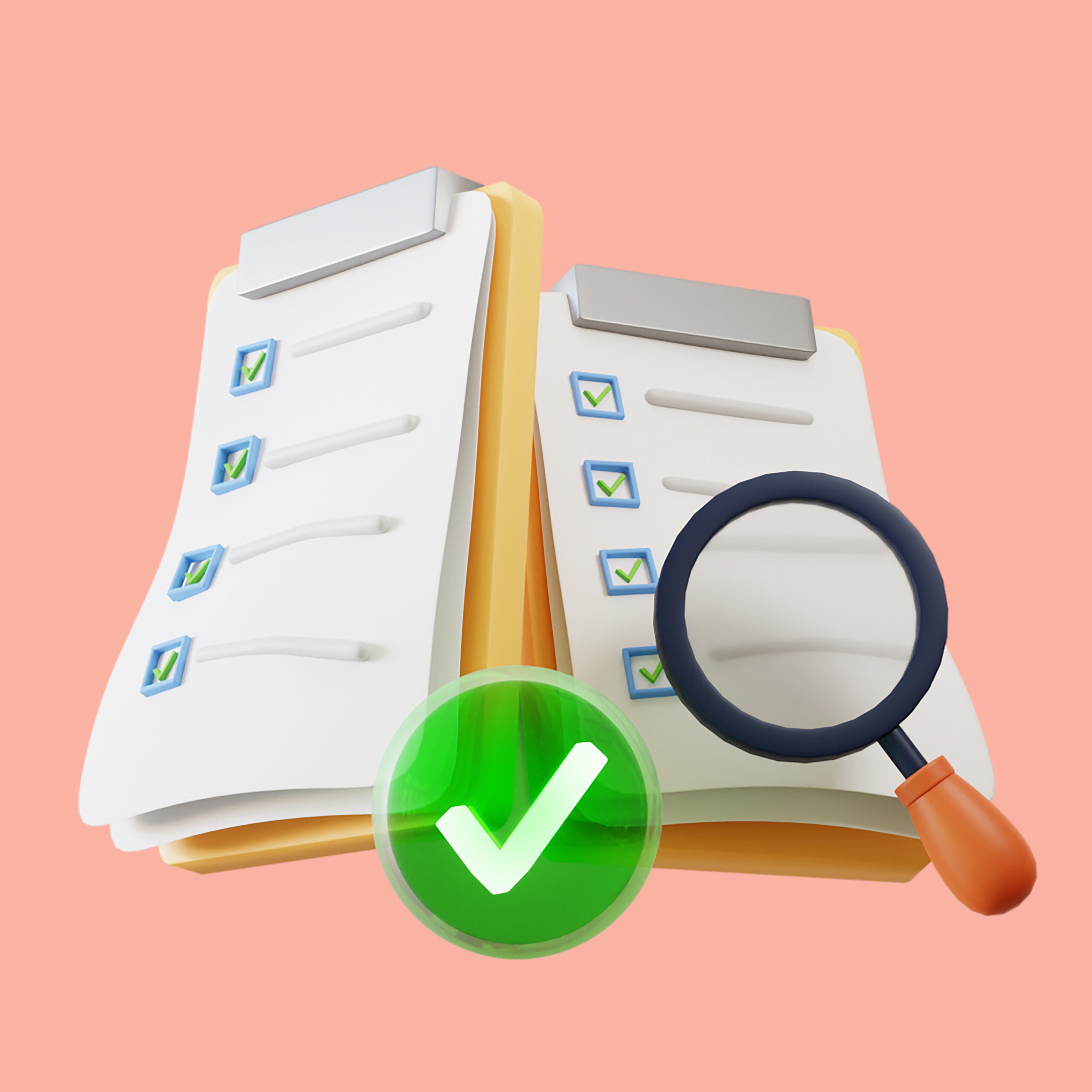A question many teaching assistants have is ‘can teaching assistants become teachers?’. The simple answer is yes! However, to become one you need more than just transferable skills, you need qualifications to teach young children.
Working as a teaching assistant (TA) may be a first step for those wanting to become a teacher. The jump from a TA to a qualified teacher can be a rewarding and an exciting new step, opening possibilities to progress in your career. While both roles involve supporting students and teachers in educational settings, becoming a teacher requires additional qualifications, responsibilities, and commitments.
Getting your qualified teacher status (QTS) is an essential step and opens many opportunities for those passionate about wanting to take on more responsibility within the classroom.
If you’re stuck on how to start transitioning from a TA to a teacher, we’ve got you covered with everything you need to know about becoming a teacher! We will highlight the distinctions between the two roles, the responsibilities of a teacher, steps on how you can start making the transition, and tips on how to land your first teaching job.










